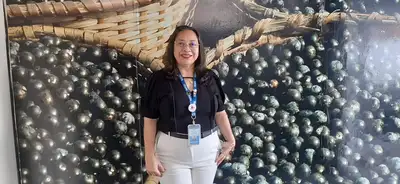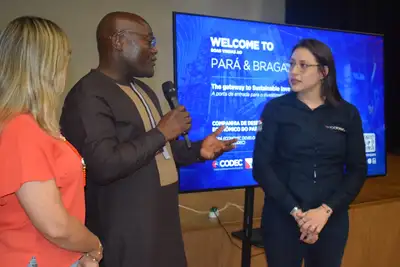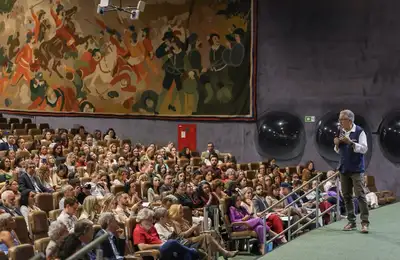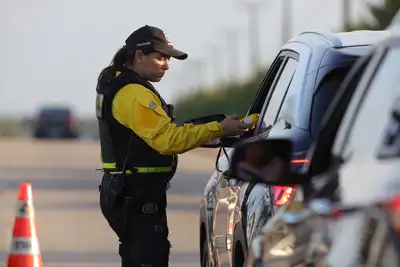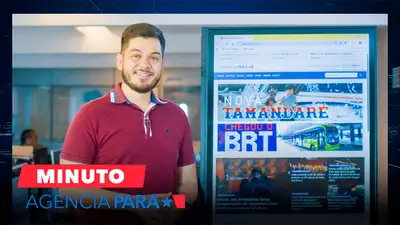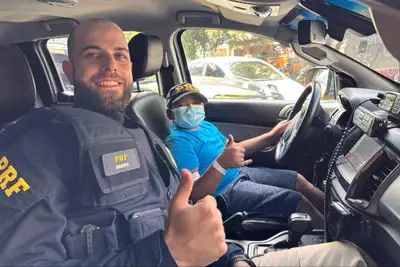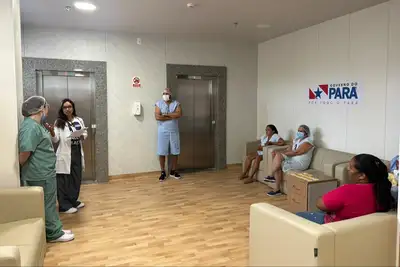Detran reinforces safety guidelines for the Moto Romaria do Círio this Saturday (11)
Inspection of licensing, CNH, and helmet use are part of the operation focused on the correct use of equipment and respect for traffic regulations
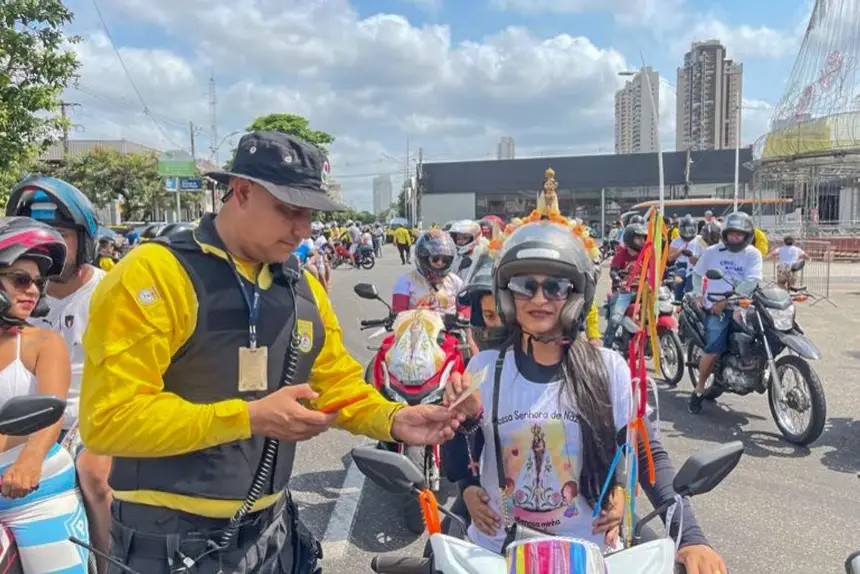
The Department of Traffic of the State of Pará (Detran) is conducting a special operation for inspection and education during the Moto Romaria do Círio de Nazaré, on the morning of this Saturday (11). The action, which is part of the Círio security plan, aims to ensure the safety of pilgrims and motorcyclists participating in the procession, as well as to reinforce guidelines on the correct use of safety equipment and respect for traffic regulations.
Detran inspection teams, in conjunction with other public safety system agencies, will be present to inspect mandatory equipment such as helmets, visors, mirrors, lighting systems, and license plates, as well as to screen the motorcycles that will participate in the procession.
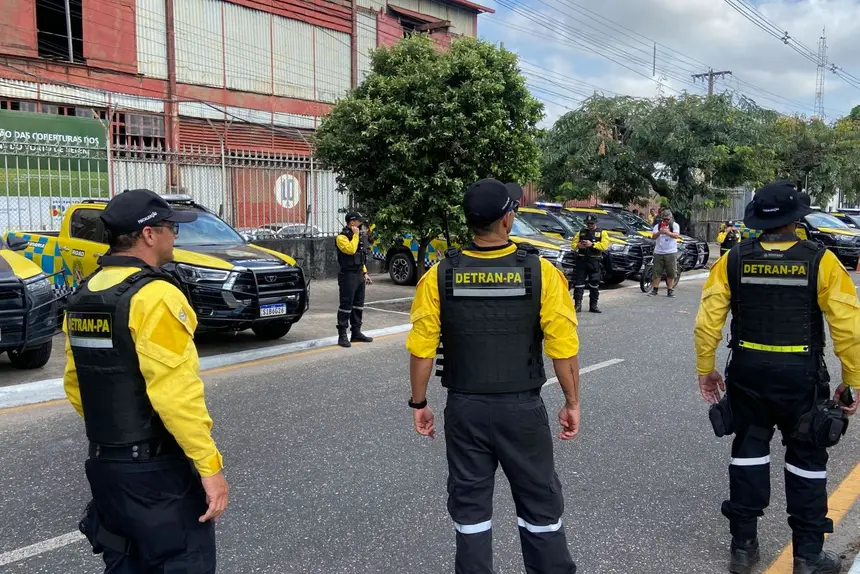
The expectation is for a large number of motorcyclists in the procession that begins late in the morning, right after the river pilgrimage. Detran emphasizes that Círio is a moment of faith and devotion, but it also requires caution and attention in traffic.
Before leaving home, the motorcyclist should check the motorcycle's conditions, such as brakes, tires, lights, and fuel level, as well as carry the National Driver's License (CNH) and the vehicle's licensing document (CRLV). During the Moto Romaria, motorcycles with irregular and noisy exhausts, riders without helmets, excess passengers, riding motorcycles without plates or with covered plates, among other infractions, will be inspected.
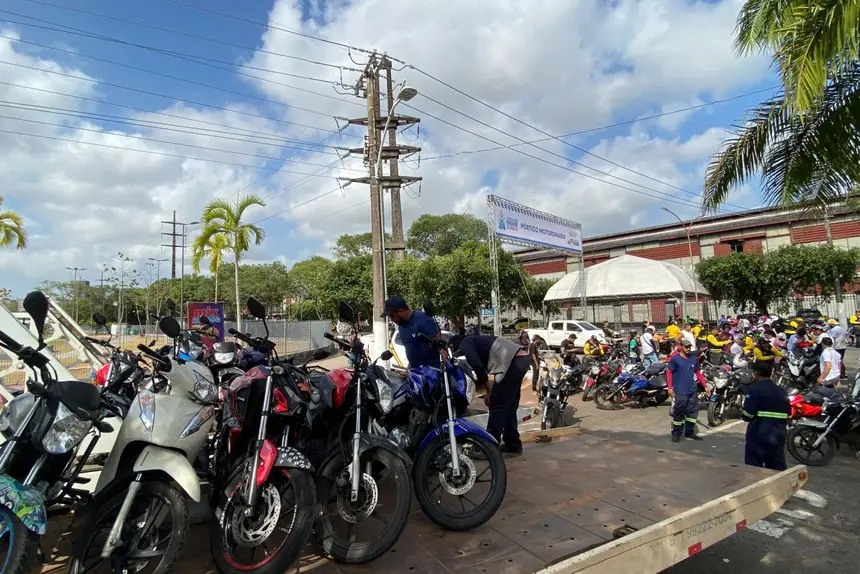
The coordinator of operations and inspection, Ivan Feitosa, emphasizes the importance of inspection to avoid situations that put the lives of pilgrims at risk. “This inspection operation has a clear objective of protecting lives, which is why we are checking equipment and documentation to ensure that each pilgrim arrives and returns safely,” he explains.
“We need to ensure vehicles are well-maintained to guarantee fluidity and that documentation is up to date to not jeopardize the safety of those who want to use the motorcycle to fulfill their promise and experience their moment of faith during the journey to the Basilica,” Feitosa adds.
The public safety checkpoint is located at the beginning of Avenida Marechal Hermes with Avenida Visconde de Souza Franco (Doca), the gathering place for pilgrims and motorcyclists. From this point, teams will control access and guide participants on safety measures throughout the Moto Romaria route.
Text by Brendo Freitas / Ascom Detran


